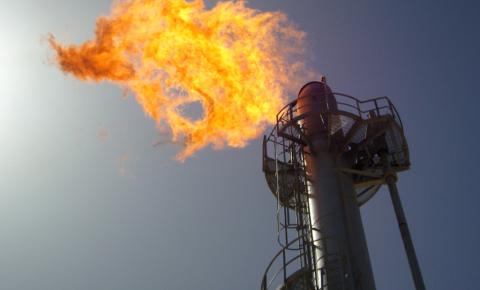
It is becoming increasingly important to reduce emissions while saving energy when using a pollution control device such as a flare stack. Proper flare stack design is essential to handle their multiple waste streams for maximum performance with minimum emissions. Since destruction efficiency and emissions (both visible and invisible) are some of the most important criteria to consider when designing a flare, when the design is done correctly, dramatic money savings will also be realized.
EPA codes state that for optimum destruction efficiency in flare stacks, the waste stream must run at a minimum heating value of 300 BTU/SCH. Continuous monitoring of the waste stream is necessary to identify the minimum heating value and ensure proper combustion.
- Our CalorVal BTU Calorific Analyzer provides a continuous, direct measurement of the heating value with a very fast response time. It has a universal response to a wide range of combustible gases and vapors, including heavy hydrocarbons, carbon monoxide, hydrogen and numerous other compounds found in waste gas streams. In addition, the presence of non-combustible compounds such as carbon dioxide, nitrogen and water vapor do not interfere with the BTU readings of the remaining combustible compounds.
Knowing the heating value allows the flare to operate economically and flexibly regardless of what chemical is burning. Additional benefits range from a reduction in fuel costs and increased burner efficiency to ensuring safe operations, making sure that combustibles and toxics are completely burned.

Add new comment